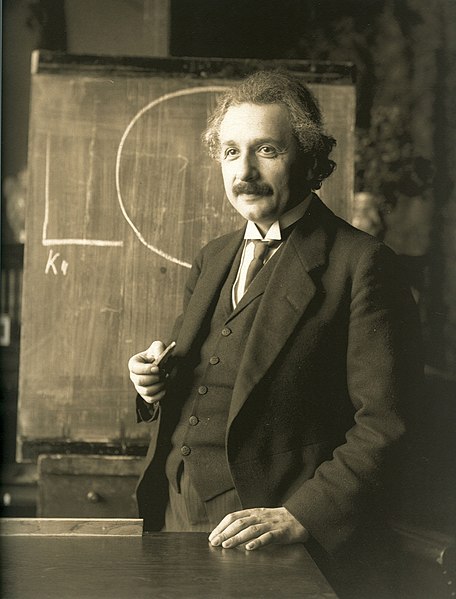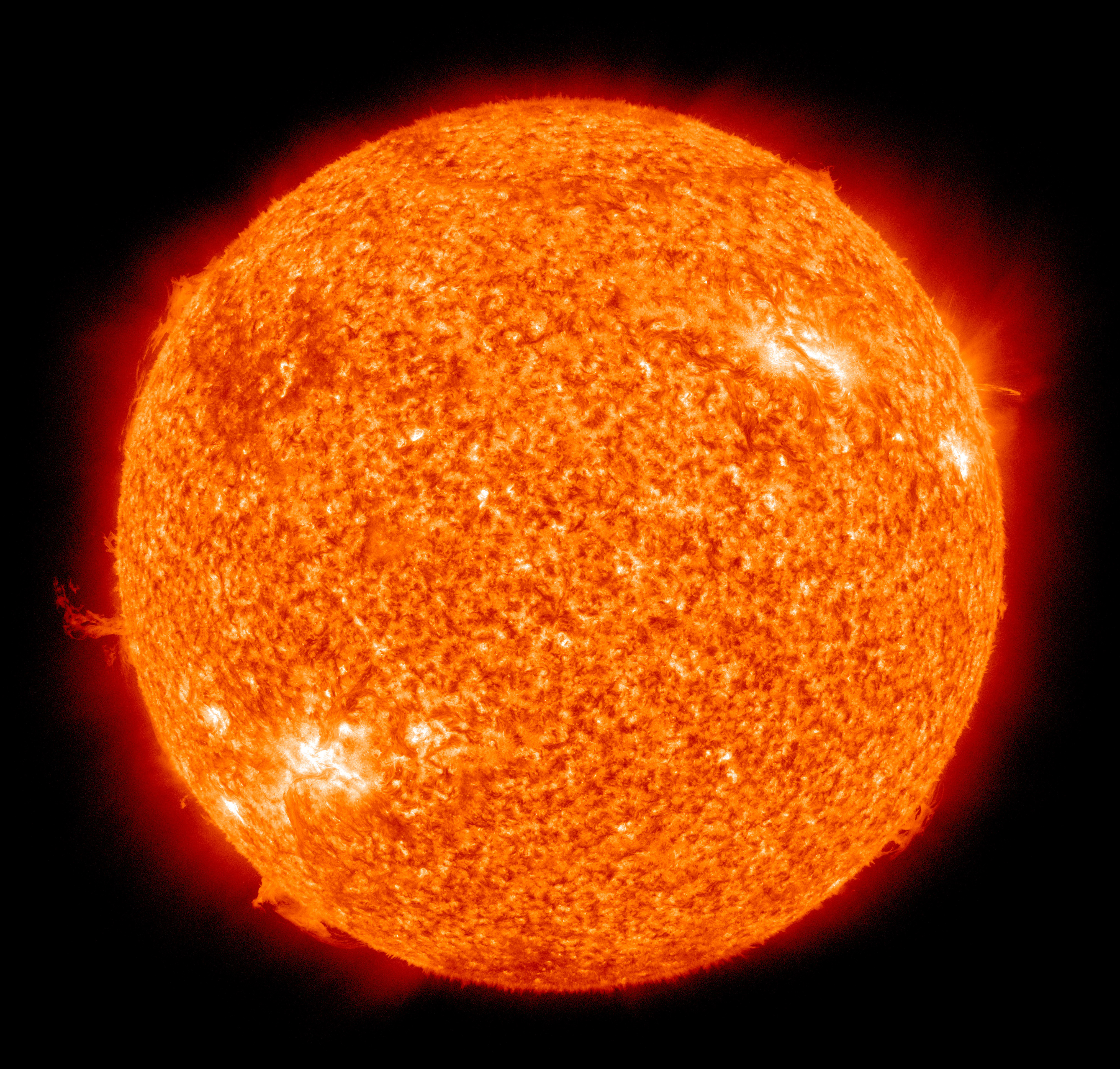We might as well start off this blog with a simple post about kinetic energy. Firstly, let's define it: kinetic energy is the energy (the capacity for doing work on something) of an object that is imparted by its motion. The reason why a fist hurts you when you get punched is due to the kinetic energy of the fist. The kinetic energy of a speeding car is the reason why it kills you when you get hit by it. This sounds simple, but is more pervasive and subtle than you may think.
Heat (or lack thereof) can also be seen to be a form of kinetic energy. How? The thing that distinguishes something that is hot from something that is cold is the speed at which its constituent matter is moving. This is kinetic energy.
 |
| A-Rod hurt by the kinetic energy of the ball |
So how is this thing called kinetic energy solved?
In classical, Newtonian mechanics, the kinetic energy of an object in joules (the measurement unit of energy) can be found by multiplying half of its mass times its velocity squared, as illustrated below:
KE = .5mv^2
So we can solve for the kinetic energy of an object in this way. Let's do something fun- something really big. How about the kinetic energy of the Earth itself in its orbit around the Sun?
 |
| How energetic is this planet? |
The first order of business is to find the mass of your object (in this case the Earth)
in kilograms. Kilograms is bolded because if you don't measure your object in kilograms, your calculation will be nonsensical. In the age of Wikipedia, this task which may have been a tall order in the past is today pretty easy.
The Earth's mass is listed as being 5.97219
×10
24 kilograms, via a NASA source. Don't be intimidated by the 10^24 label. Any advanced calculator will be able to give you the answer (and most of your equations in school likely won't have numbers anywhere near as large). If you're feeling very masochistic, you can just write out the number 1 followed by 24 zeros after the number 9.
This
calculator (which I'll do a post on later) can give you an easy answer: 5972190000000000000000000 (also do take note that you can just leave it as written above and work with it in that calculator).
Next, you need to find the velocity of your object
in meters per second. This is important, especially for those of us living in the United States where our typical measurement of speed or velocity is in miles per hour. If you do not put your velocity in meters per second, your number will again be nonsensical.
 |
| Don't do this |
A quick check back on Wikipedia reveals that the Earth orbits its parent star at a velocity of 29.78 kilometers per second on average. Simply multiplying this number by 1,000 gets your velocity in meters per second at 29,780.
Now that we have our components (5972190000000000000000000 kilograms, 29,780 meters per second), we can find the kinetic energy of this object in joules:
5972190000000000000000000 x .5 = 2986095000000000000000000
2986095000000000000000000 x 29,780^2 =
2648213572998000000000000000000000.
That is the kinetic energy of the Earth in joules. Needless to say, this is obviously a staggering amount of energy, far more than enough to destroy the planet itself (more on that fun stuff in a future post).
Now I'll let you cheat and use this
kinetic energy calculator that I've been keen on using. It lets you solve for mass, kinetic energy, or velocity. It's pretty neat (do however make sure to put the whole mass into its proper component, not half of it also, no commas).
A quick check reveals that the answer it gives you is essentially the same number as doing it the long-hand way.
HOWEVER...
there is a snag. This equation and thus this answer is
technically incorrect (or at least, was derived in an incorrect way).
No,
this answer being technically incorrect (or incorrectly derived) isn't something even a scientist is typically going to have to worry about, but in other cases, it will show itself.
The problem arises due to the revelations of that most famous of all scientists, Albert Einstein. His experiments in the early 20th century proved that the Newtonian view of gravity, mass, and matter was incorrect. By revealing the true nature of space-time, Newton was eclipsed. This upset
a lot of people.
 |
| Trollin' like a mo fo |
The true, proper equation for kinetic energy can be found on
this page.
Confused yet? Don't worry, I am too! You probably won't need to worry about this unless you're taking university-level physics (hence, not me), but I'll go into detail regarding
why this way is
technically correct (because it's at least an interesting caveat and will make you more knowledgeable about the universe).
While Newtonian mechanics works well in explaining the properties (in this case, kinetic energy) of everyday objects moving at normal speeds (yes, this includes things like stars and planets in their orbits, go figure), it cannot explain the properties of very small objects (like subatomic particles) or very big objects (like black holes). It also cannot measure for objects moving at velocities approaching the speed of light where the effects predicted by the Theory of Relativity start to become noticeable to an observer (things like time dilation and mass increase). Generally, this starts to happen at around 10% of the speed of light (29,979,245.8 m/s).
Going back to our example of the Earth in its natural orbiting speed, you can take a look at
stardestroyer.net's fantastic relativity calculator (yes, things like this fortunately do exist to simplify Relativistic kinetic energy should you wind up needing to use it). Inputting the variables above, we find that the Newtonian and Relativistic answers in joules for Earth's kinetic energy are identical:
2.648E+33 (2648000000000000000000000000000000) joules, essentially the same answer arrived at multiple times above.
But how about if the Earth was orbiting at 50% of the speed of light (149896229 m/s), and somehow we were all still alive to ponder it?
The Newtonian kinetic energy is: 6.709E+40 joules.
The Relativistic kinetic energy is: 8.301E+40 joules.
A noticeable and important difference is revealed. Though it might seem small (a differential of 1.237 times), it is significant, and it will increase exponentially the closer you get to the speed of light.
So at the end of the day...
What have we learned?
1. Kinetic energy is the energy of an object based around its motion.
2. You can solve for an object's kinetic energy by taking half of its mass, and multiplying it by the square of its velocity (.5mv^2).
3. This equation however is only a very good approximation in most cases, and cannot explain for objects of very small or very large mass, or for objects traveling at a velocity nearing the speed of light (starting at around 10%).
4. Breathe a sigh of relief that for 99% of you, relativistic kinetic energy won't be anything you need to worry about.
5. Einstein trolled the entire scientific establishment with his findings.
Kinetic Energy Albert Einstein Isaac Newton Classical Relativistic Mechanics






